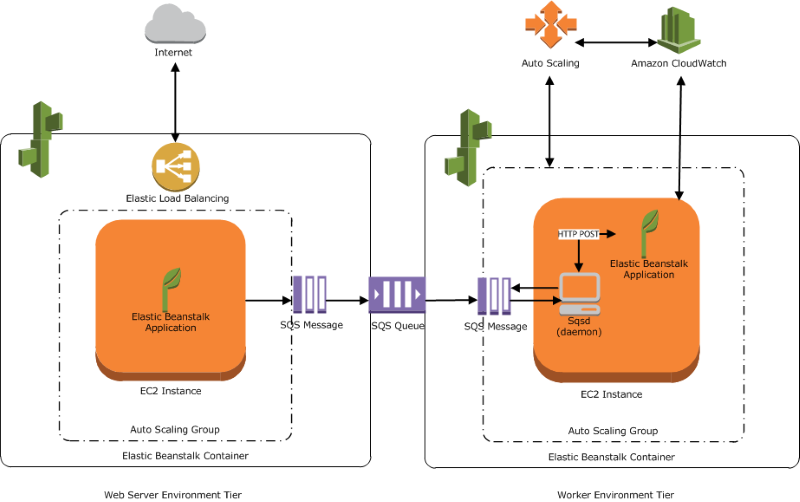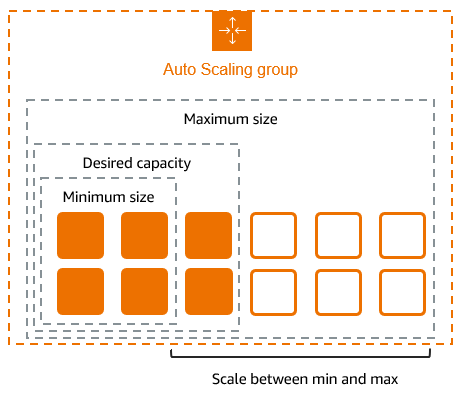
Preparing for a DevOps or AWS interview? This guide compiles 18 scenario-based questions inspired by real-world challenges and solutions from seasoned engineers. These questions span key areas like Kubernetes, CI/CD, Infrastructure as Code, observability, and cloud migrations—perfect for candidates aiming to showcase hands-on expertise.
⚙️ Containerization & Kubernetes
1. How can you reduce the size of a Docker image without losing functionality?
Answer: Use multi-stage builds, smaller base images like Alpine, .dockerignore, and consolidate RUN commands. Consider distroless images for production.
2. What would you do if some Kubernetes nodes are overutilized while others are underutilized?
Answer: Check node taints, affinities, and resource definitions. Apply topology spread constraints and autoscalers.
3. How would you handle container security vulnerabilities in CI/CD?
Answer: Integrate image scanning tools (Trivy, Clair), use minimal base images, enforce Pod Security Policies, and monitor with tools like Falco.
🚀 CI/CD Best Practices
4. Your CI/CD pipeline takes too long. How would you optimize it?
Answer: Parallelize steps, use caching (BuildKit, dependency caches), optimize tests, and improve infrastructure.
5. A production deployment caused bugs. What is your rollback strategy?
Answer: Use kubectl rollout undo, blue-green deployment, canaries, enhanced monitoring, and feature flags.
6. How would you achieve zero downtime during deployment?
Answer: Implement blue-green deployments with traffic shifting, health checks, and gradual rollout using Istio or Flagger.
🏛️ Infrastructure as Code (IaC)
7. How do you provision isolated AWS environments for multiple clients?
Answer: Use modular Terraform code, workspaces, and CI/CD for automation. Enforce tagging and policy compliance.
8. How do you prevent and fix configuration drift in production?
Answer: Use AWS Config, daily terraform plan, and IAM restrictions. Remediate with automation or approval workflows.
9. What’s your approach to secure secret management in IaC?
Answer: Use Vault, AWS KMS, ephemeral secrets, Terraform Vault provider, and avoid hardcoding sensitive values.
10. How do you test infrastructure code before production?
Answer: Use tfsec/checkov for static analysis, Terratest for unit/integration testing, and performance/security validation.
🔍 Monitoring & Observability
11. How would you reduce alert fatigue?
Answer: Classify alerts (P1–P4), use dynamic thresholds, composite alerts, and establish SLOs with observability tools.
12. Users report slowness but monitoring looks fine. What next?
Answer: Use distributed tracing (Jaeger), synthetic monitoring, DB profiling, and check hidden bottlenecks.
13. How do you manage logs at scale (TBs/day)?
Answer: Use tiered log storage (hot, warm, cold), Fluentd/Vector, index only critical logs, and compress & route efficiently.
14. Walk through your steps after a 3AM system outage alert.
Answer: Triage alert, check dashboards, review recent changes, engage runbooks, analyze logs/metrics, mitigate, and postmortem.
15. How do you create custom metrics for business-level monitoring?
Answer: Collaborate with stakeholders, instrument code for KPIs, build dashboards, alert on anomalies, and refine via feedback.
☁️ Cloud Architecture & Migration
16. How would you migrate a Java + Oracle app with local file storage to AWS?
Answer: Use App2Container for app, AWS DMS for DB, and S3 for files. Establish hybrid networking and CI/CD pipelines.
17. How do you manage environment-specific configurations securely?
Answer: Use GitOps, ConfigMaps/Secrets, Vault, Helm/Kustomize, schema validation, and config promotion strategies.
18. What’s your approach for managing secrets and configuration in a multi-environment setup?
Answer: Centralized secrets with Vault/KMS, environment overlays with Helm/Kustomize, validation tests, and documented workflows.
🔹 Bonus: What Makes a Great DevOps Candidate?
- Demonstrates deep understanding of tooling
- Solves problems holistically (infra + app)
- Communicates clearly and proactively
- Implements security, automation, and observability from the start



